Bass Players to Know: Willie Dixon
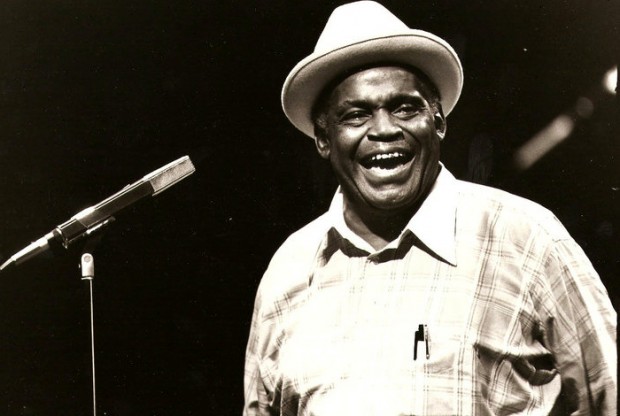
There comes a point in every bassist’s life when it’s time to play the blues. Perhaps it’s in a garage, where you’re jamming with some friends for the first time and with rudimentary technical skill and limited song knowledge, someone suggests playing a “Blues in E.”
Or perhaps it’s during a lesson, where your teacher writes out the 12 bar chord progression and plays through a simple box pattern.
Or maybe it’s on stage at a gig, where the band you’re playing with under-estimated the set length and proceeds to go into an early Rolling Stones or Zeppelin tune to tack on five minutes of playing time.
Regardless of how, why, when, or where, the song and bass line that you end up playing can most likely be traced back to the efforts of one legendary bass player, writer, and arranger: Willie Dixon.
So who is Willie Dixon?
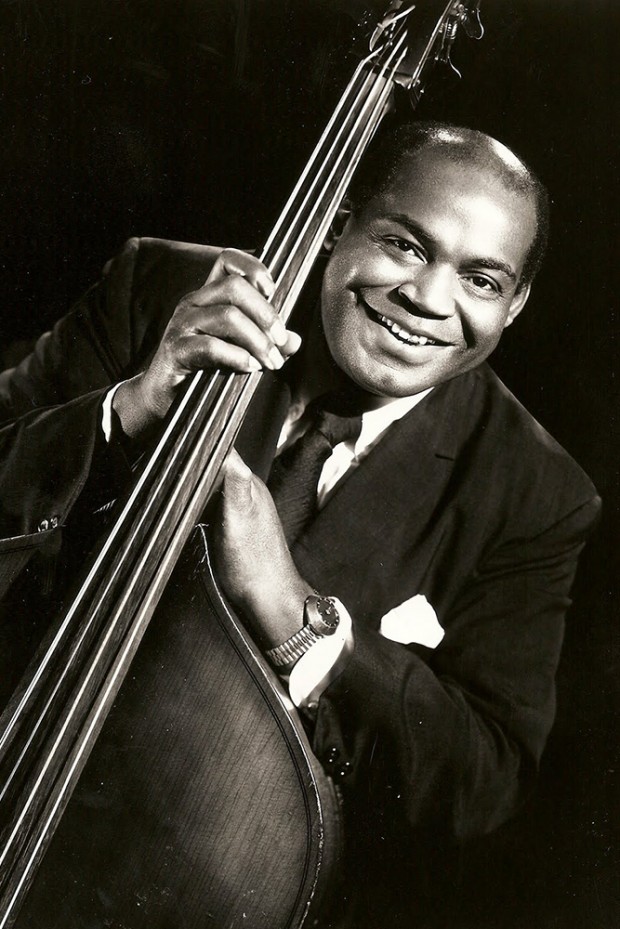 Dixon was born in Vicksburg, Mississippi in 1915 and with exposure to gospel, blues, and country, developed an early interest in making music. After moving to Chicago in 1936 and splitting his time between boxing and singing harmony with local groups, Dixon had to make a choice between the two.
Dixon was born in Vicksburg, Mississippi in 1915 and with exposure to gospel, blues, and country, developed an early interest in making music. After moving to Chicago in 1936 and splitting his time between boxing and singing harmony with local groups, Dixon had to make a choice between the two.
Introduced to the bass – thanks to fellow boxer and guitarist Leonard Caston – he began playing and recording with the Five Breezes, the Four Jumps of Jive, and the Big Three Trio. While playing around the local blues scene, he ran into Muddy Waters and the Chess Brothers, which led to working as a writer, arranger, and bass player at Aristocrat (soon to be known as Chess) records.
Although Dixon holds his own as a great vocalist, he typically wasn’t the featured artist on many Chess records. Instead, he played bass and wrote songs for many other artists, including Muddy Waters, Little Walter, and Howlin’ Wolf. Most of the blues standards popularized by these artists, such as “My Babe,” “Hoochie Coochie Man,” “Spoonful,” and “Evil,” solidified Dixon’s roll as a writer at Chess. Despite the popularity of his songs and the publishing royalties accrued by Chess and Arc Music (Chess records’ publishing affiliate), Dixon didn’t see much financial reward or recognition for his compositions.
As the 1960s ushered in the British Invasion and amped up rock’n’roll, bands such as the Rolling Stones, Cream, and Led Zeppelin all took cues from Dixon’s music, either by covering his songs or by not-so-subtly taking inspiration from his music and lyrics. Various copyright battles ensued, both between Dixon and Arc Music (so that Dixon could regain copyright ownership) and between Arc Music and Led Zeppelin for their use of Dixon’s works. When the copyright battles came to a resolution, Dixon finally found himself credited and compensated for some of his earlier work. Inspired by this turn of events, he spent his later years focusing on his own career as an artist and working as an educator and spokesman of the blues.
Let’s Talk Style
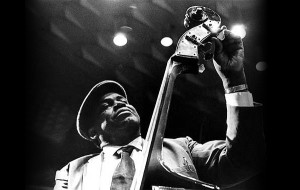 With a deep and well-defined upright bass tone, Dixon’s style was remarkably similar to his stature and personality… stately, solid, and sociable. He not only wrote the songbook for American blues standards, he wrote the bass lines as well (few “electric” blues recordings had hit the popular music market prior to Chess’s releases and event fewer featured a bass instrument).
With a deep and well-defined upright bass tone, Dixon’s style was remarkably similar to his stature and personality… stately, solid, and sociable. He not only wrote the songbook for American blues standards, he wrote the bass lines as well (few “electric” blues recordings had hit the popular music market prior to Chess’s releases and event fewer featured a bass instrument).
Many of the blues bass patterns that we learn, from pedaling the root note, to playing the “box,” to walking through the chord arpeggio with an added 6th, come straight from Dixon’s playing and from mimicking the left hand of boogie-woogie style piano riffs. Most patterns are comprised of notes from the “blues scale” and feature a minor 3rd bass note below the major or dominant chord played by the guitar or piano. In some cases, Dixon’s bass line can be considered the “hook” of the song – “Bring It On Home” and “Spoonful” are both built on bass lines that establish the fundamental riff. He also uses elements of call and response, a time old tradition in blues music, where the instruments state a particular pattern and the vocal line acts as a response.
Rhythmically, his feel was unparalleled and very much in tune with the drummer, the soloist, and the song arrangement. He differentiated from different shuffle patterns with a keen attention to note duration; some patterns have short, staccato notes, others glide in an effortless, legato fashion. Dixon’s experience singing the lower harmony in vocal groups certainly entered into his placement and phrasing, where he created a simple and percussive part that remains in the lower register of the instrument.
Consistency was perhaps the most essential quality of Dixon’s bass playing; his dedication to a particular groove and pattern allowed for all of the other instruments to fall in with their individual parts (such as a specific drum groove, a guitar lead line, or harmonica fills). It was typical for him to settle into a bass line and never veer from it, save for a few embellishments at the turnarounds or a chromatic line of passing tones to transition from chord to chord. Dixon also had a tendency to further simplify a part — he often pedals the root note with greater force to compliment the energy of the vocalist or soloist during a particularly dynamic moment.
Where Can I Hear Him?
“Back Door Man,” (Willie Dixon: Poet Of The Blues)
 With Dixon’s growling vocals and powerful lyrics, there’s no doubt that this is one of the great blues standards. The song kicks off with a superbly funky, straight time bass groove that leaves space for the snare accents on the upbeats. Dixon executes the groove consistently throughout the song, with a slight slide into the first root note that mimics a vocal glissando. He leaps up to the octave, emphasizes the minor third of the chord, and returns to the higher octave and flat 7th to complete the two-bar phrase. Each note is heavily punctuated, clearly defining the time and providing a bounce to the song. Although he adds a few variations during the turn around chords (the “four” and “five”), the unfailing groove provides the perfect and essential pattern to propel the song.
With Dixon’s growling vocals and powerful lyrics, there’s no doubt that this is one of the great blues standards. The song kicks off with a superbly funky, straight time bass groove that leaves space for the snare accents on the upbeats. Dixon executes the groove consistently throughout the song, with a slight slide into the first root note that mimics a vocal glissando. He leaps up to the octave, emphasizes the minor third of the chord, and returns to the higher octave and flat 7th to complete the two-bar phrase. Each note is heavily punctuated, clearly defining the time and providing a bounce to the song. Although he adds a few variations during the turn around chords (the “four” and “five”), the unfailing groove provides the perfect and essential pattern to propel the song.
Listen: iTunes | Amazon MP3
“The Seventh Son” (Willie Dixon: I Am The Blues)
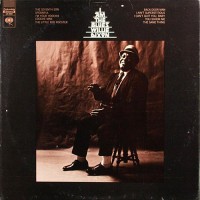 Featuring the famous “blues box pattern,” this tune is a great example of feel, structure, and stops. This groove, also known as a double shuffle, is characterized by two staccato attacks of each note (the drummer also does a “double” hit with the snare and cymbal). Although the notes are simple (root, fifth, flat seventh, and octave) the execution of the staccato notes and the steadfast adherence to the pattern makes it a particularly powerful shuffle. Following the piano solo, you’ll also hear a break for bass and keys, where Dixon executes a quick, heavily chromatic descending line.
Featuring the famous “blues box pattern,” this tune is a great example of feel, structure, and stops. This groove, also known as a double shuffle, is characterized by two staccato attacks of each note (the drummer also does a “double” hit with the snare and cymbal). Although the notes are simple (root, fifth, flat seventh, and octave) the execution of the staccato notes and the steadfast adherence to the pattern makes it a particularly powerful shuffle. Following the piano solo, you’ll also hear a break for bass and keys, where Dixon executes a quick, heavily chromatic descending line.
Listen: iTunes | Amazon MP3
“Rock Me” (Willie Dixon and the Chicago Allstars: Good Advice)
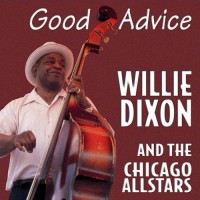 When it’s time to listen to a slow blues, this is a particularly good tune to stumble upon. Another commonly requested classic, this includes a “Hoochie Coochie” hook of 1-4-b3 on the one chord, a walking line through the other changes, and huge dynamic shifts to compliment the intensity of the solos and lyric. Dixon pushes the dynamics of the song both by pedaling the root with added force or by including a descending flurry of notes.
When it’s time to listen to a slow blues, this is a particularly good tune to stumble upon. Another commonly requested classic, this includes a “Hoochie Coochie” hook of 1-4-b3 on the one chord, a walking line through the other changes, and huge dynamic shifts to compliment the intensity of the solos and lyric. Dixon pushes the dynamics of the song both by pedaling the root with added force or by including a descending flurry of notes.
Listen: iTunes | Amazon MP3
How about you? What’s your favorite tune or album with Willie Dixon? Please share with us in the comments.
Ryan Madora is a professional bass player, author, and educator living in Nashville, TN. In addition to touring and session work, she teaches private lessons and masterclasses to students of all levels. Visit her website to learn more!

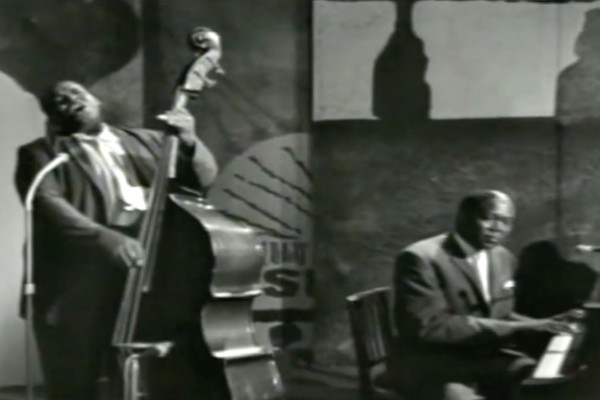
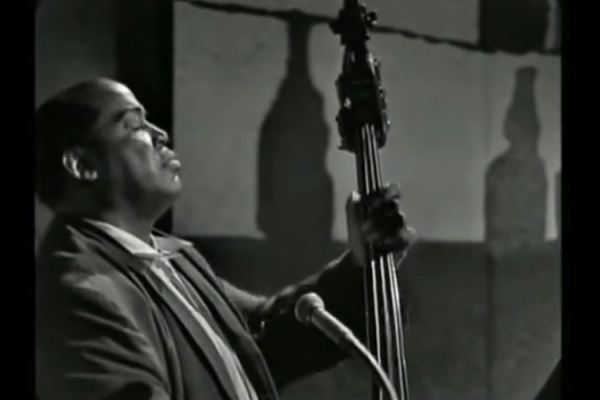
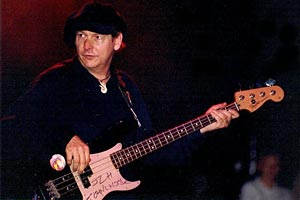
Another great article on the great man. Many “Blues” player fail to realise that before the greats, such as Dixon, the bass players were Jazz players….no such genre as Blues so no such thing as a Blues bass player. They defined the role and in many cases the styles of bass lines that can be used…..the inovated because there was nothing to copy. Remember these were Great Jazz players, so if you just copy what the played you are a pale imitation, but if you learn where they came from you will understand why such lines work and write your own, with your own subtle differences on note placement and value.
Willie also played a mean Electic Bass as well…and funky with it when needed.
The trick to modern Blues Bass playing is to remain faith to the genre, but still be fresh, you have to write and play lines that are new and fresh, but still do your duty to the genre and those that went before.
I’ve been spinning “I Am The Blues” a lot on vinyl lately. So incredible.
A long-overdue tribute and analysis of a true master.
I was drawn to the blues in the late 70’s, long before I discovered life in the low-end, when disco crowded the airways. There was a alternative radio station out of Worcester, MA that played adult album rock during the day, jazz/blues late nights. Listening to Willie Dixon reminds me how far I still need to go in my journey. There’s nothing as sultry as slow blues on a hot summer night.
I’ve been listening and playing Mr. Dixon’s songs since I was a boy in the early 69’s. Many do not even realize so many of the songs they listen to, and love, were from him. He is the Blues!
His mother was a church gospel singer and his father explained or produced a lot of life experiences to him. He grabbed it all, and told us all about life.
Certainly, he is one of my musical heros.